Logpush: now lower cost and with more visibility
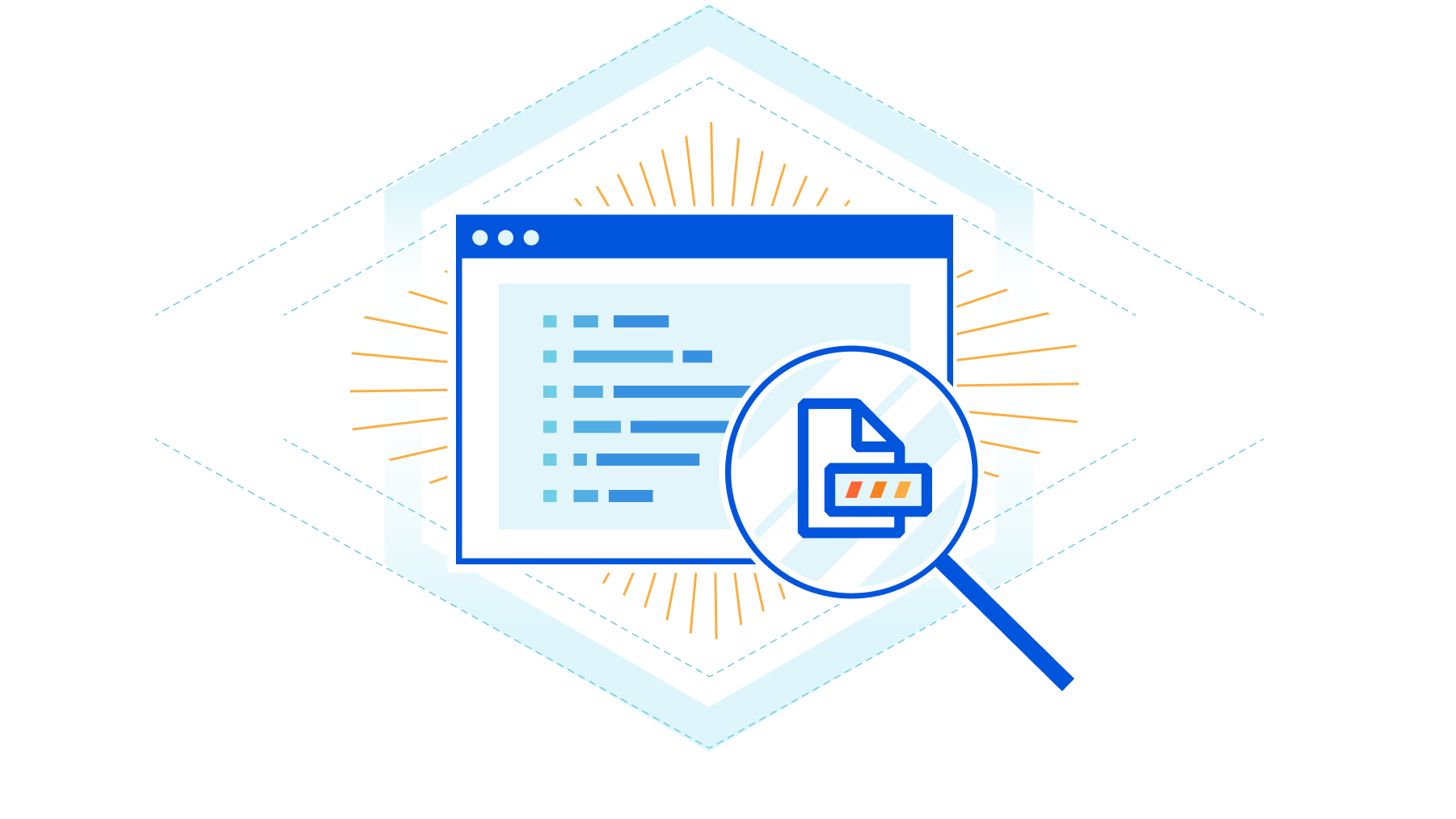
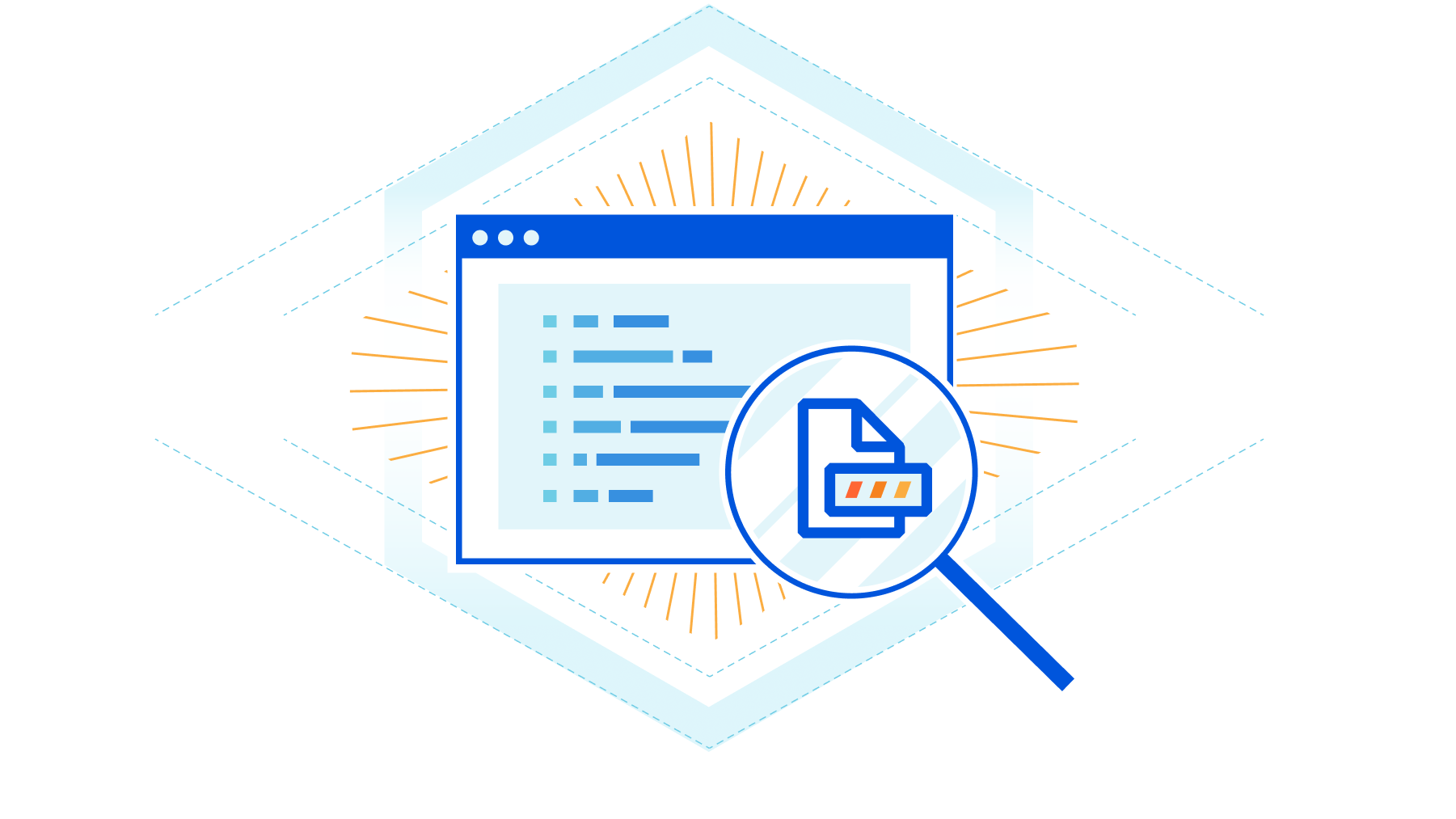
Logs are a critical part of every successful application. Cloudflare products and services around the world generate massive amounts of logs upon which customers of all sizes depend. Structured logging from our products are used by customers for purposes including analytics, debugging performance issues, monitoring application health, maintaining security standards for compliance reasons, and much more.
Logpush is Cloudflare’s product for pushing these critical logs to customer systems for consumption and analysis. Whenever our products generate logs as a result of traffic or data passing through our systems from anywhere in the world, we buffer these logs and push them directly to customer-defined destinations like Cloudflare R2, Splunk, AWS S3, and many more.
Today we are announcing three new key features related to Cloudflare’s Logpush product. First, the ability to have only logs matching certain criteria be sent. Second, the ability to get alerted when logs are failing to be pushed due to customer destinations having issues or network issues occurring between Cloudflare and the customer destination. In addition, customers will also be able to query for analytics around the health of Logpush jobs like how many bytes and records were pushed, number of successful pushes, and number of Continue reading
Cloudflare Zaraz supports Managed Components and DLP to make third-party tools private
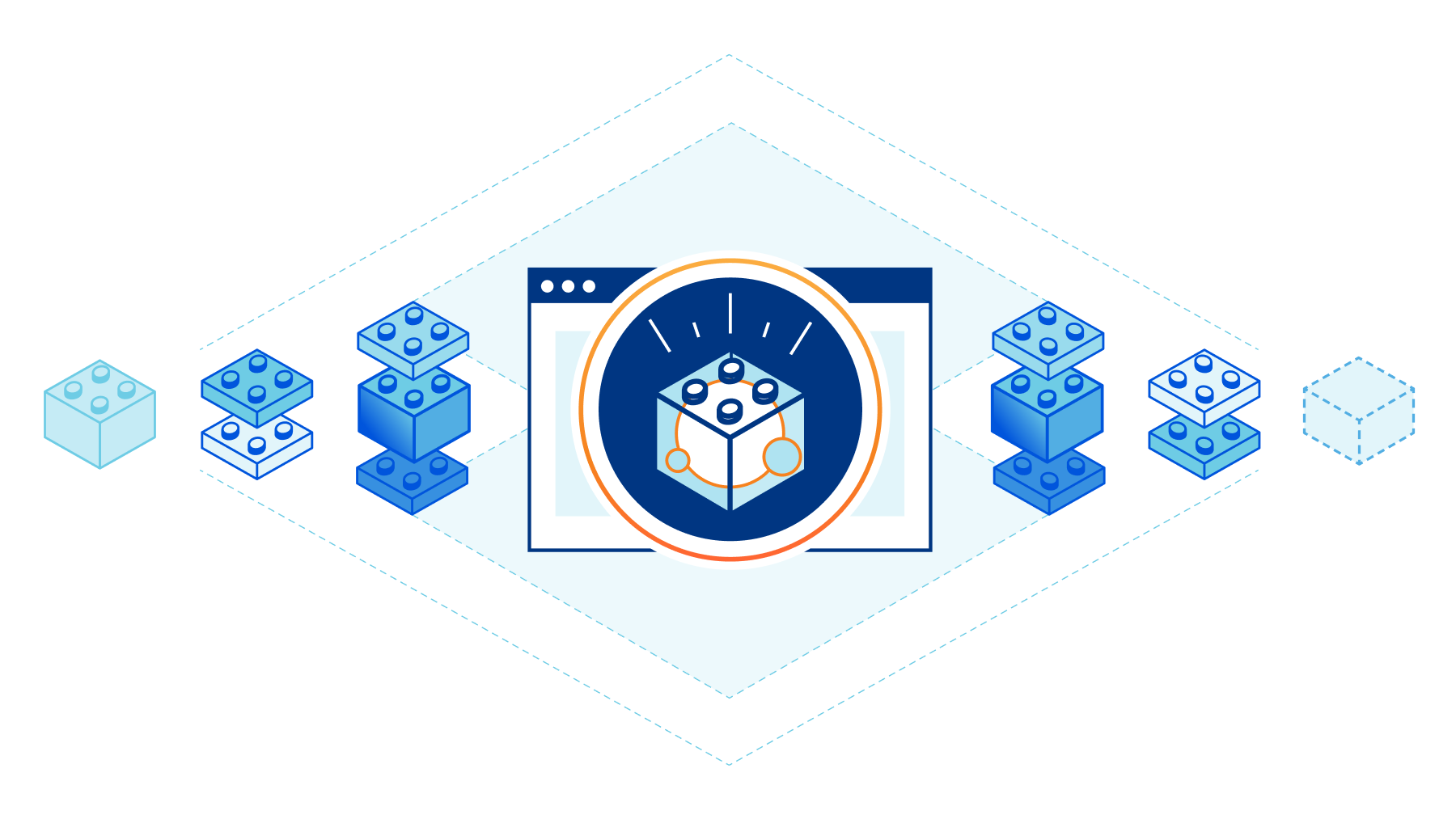
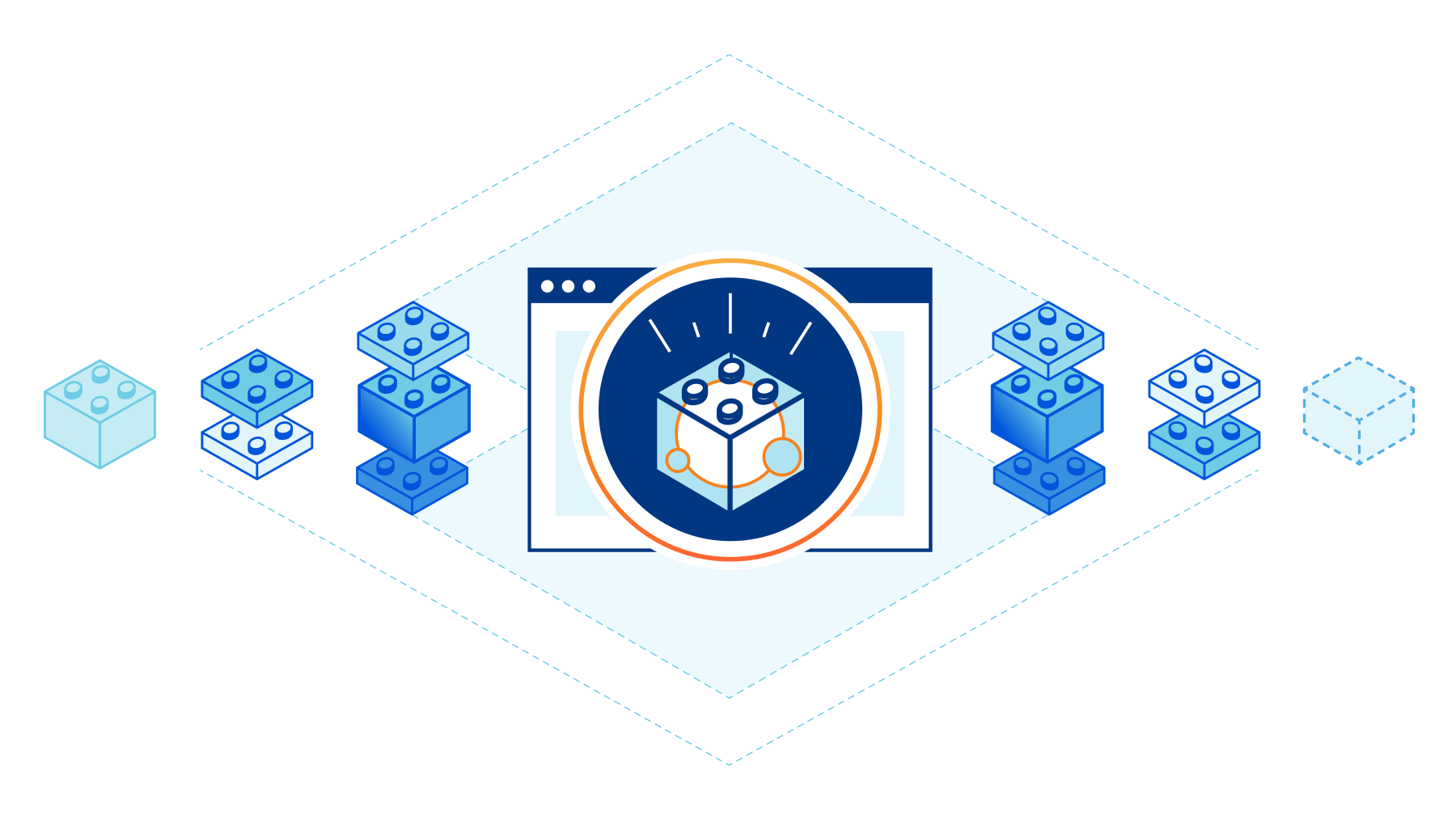
When it comes to privacy, much is in your control as a website owner. You decide what information to collect, how to transmit it, how to process it, and where to store it. If you care for the privacy of your users, you’re probably taking action to ensure that these steps are handled sensitively and carefully. If your website includes no third party tools at all - no analytics, no conversion pixels, no widgets, nothing at all - then it’s probably enough! But… If your website is one of the other 94% of the Internet, you have some third-party code running in it. Unfortunately, you probably can’t tell what exactly this code is doing.
Third-party tools are great. Your product team, marketing team, BI team - they’re all right when they say that these tools make a better website. Third-party tools can help you understand your users better, embed information such as maps, chat widgets, or measure and attribute conversions more accurately. The problem doesn’t lay with the tools themselves, but with the way they are implemented - third party scripts.
Third-party scripts are pieces of JavaScript that your website is loading, often from a remote web server. Those Continue reading
API Endpoint Management and Metrics are now GA
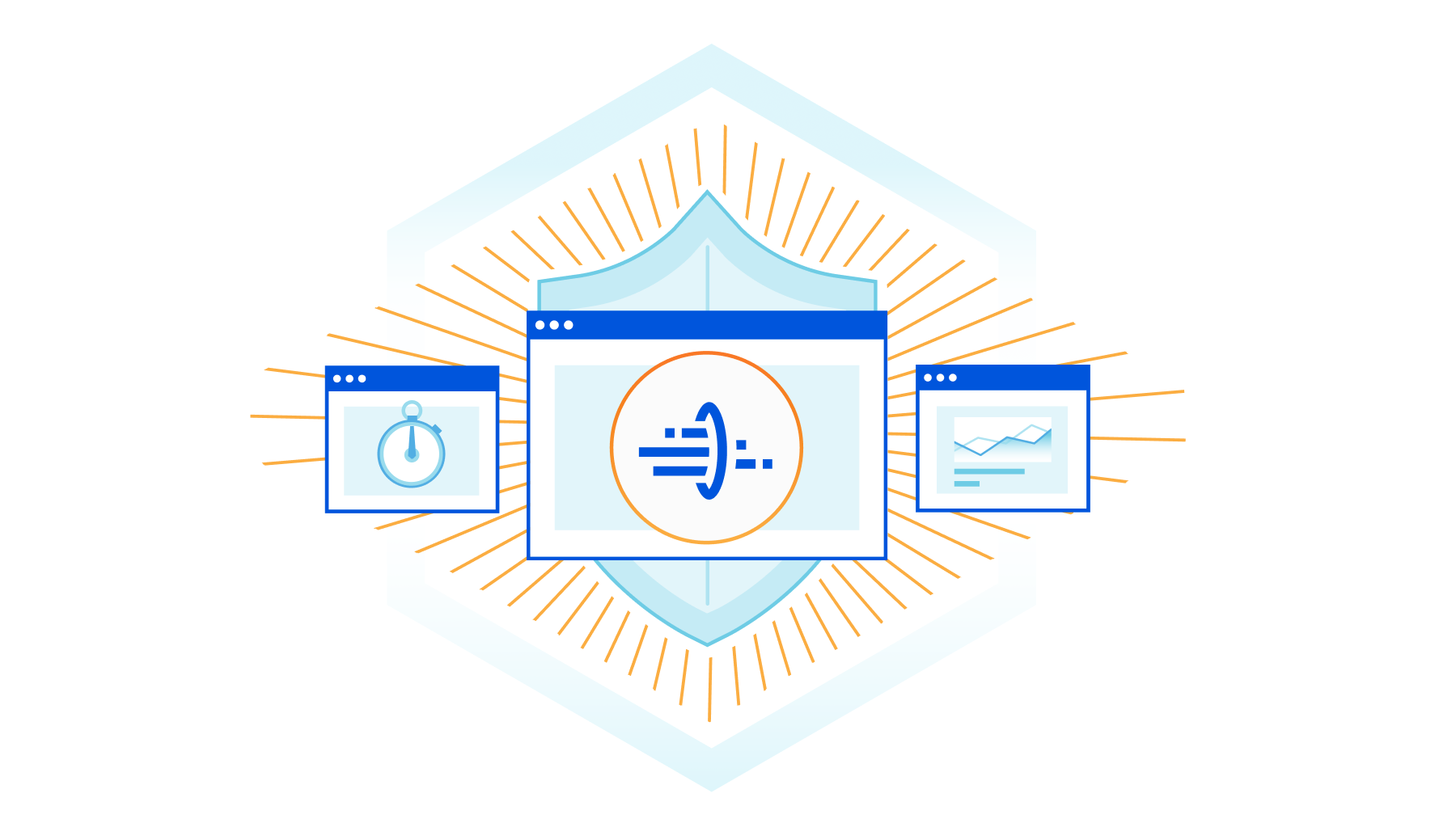
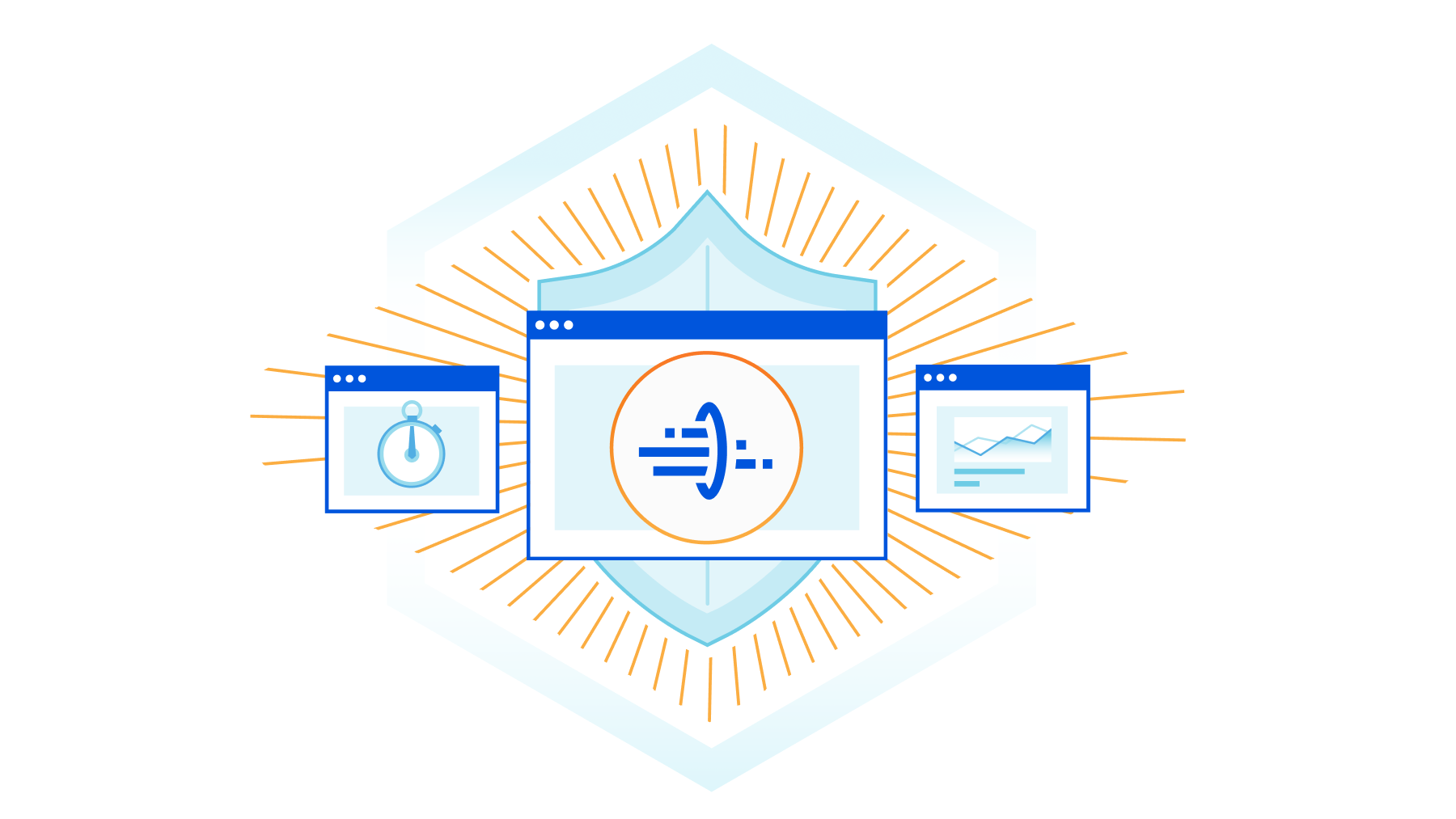
The Internet is an endless flow of conversations between computers. These conversations, the constant exchange of information from one computer to another, are what allow us to interact with the Internet as we know it. Application Programming Interfaces (APIs) are the vital channels that carry these conversations, and their usage is quickly growing: in fact, more than half of the traffic handled by Cloudflare is for APIs, and this is increasing twice as fast as traditional web traffic.
In March, we announced that we’re expanding our API Shield into a full API Gateway to make it easy for our customers to protect and manage those conversations. We already offer several features that allow you to secure your endpoints, but there’s more to endpoints than their security. It can be difficult to keep track of many endpoints over time and understand how they’re performing. Customers deserve to see what’s going on with their API-driven domains and have the ability to manage their endpoints.
Today, we’re excited to announce that the ability to save, update, and monitor the performance of all your API endpoints is now generally available to API Shield customers. This includes key performance metrics like latency, error rate, and Continue reading
Protests spur Internet disruptions in Iran
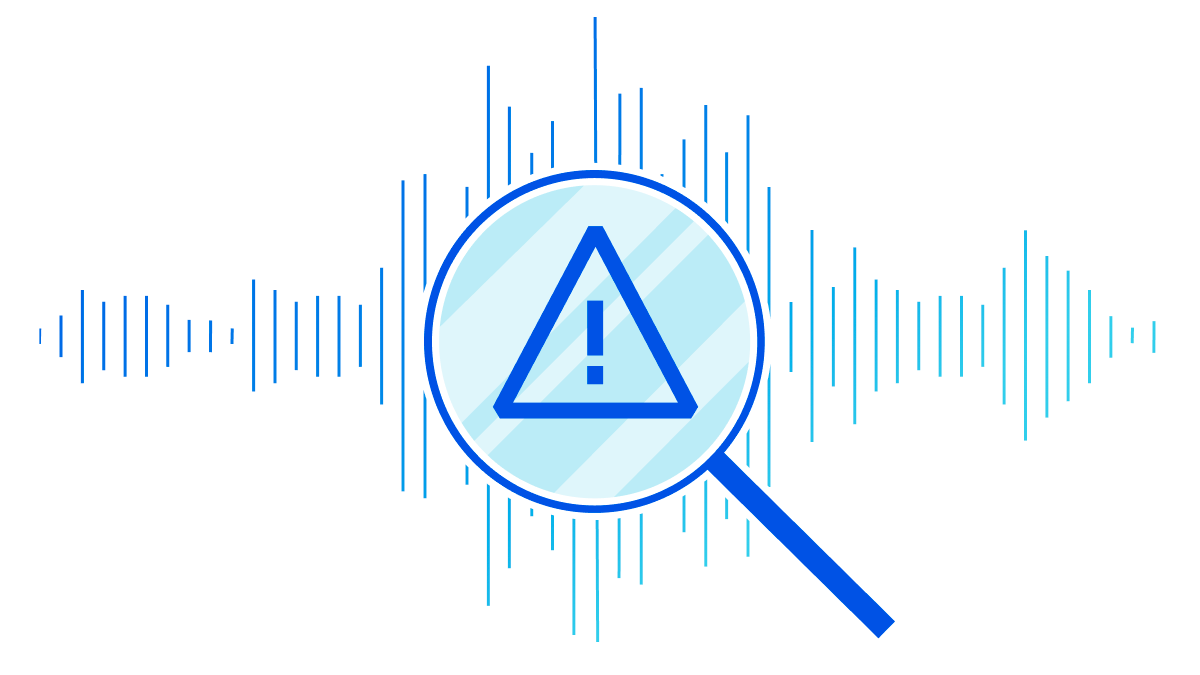

Over the past several days, protests and demonstrations have erupted across Iran in response to the death of Mahsa Amini. Amini was a 22-year-old woman from the Kurdistan Province of Iran, and was arrested on September 13, 2022, in Tehran by Iran’s “morality police”, a unit that enforces strict dress codes for women. She died on September 16 while in police custody.
Published reports indicate that the growing protests have resulted in at least eight deaths. Iran has a history of restricting Internet connectivity in response to protests, taking such steps in May 2022, February 2021, and November 2019. They have taken a similar approach to the current protests, including disrupting Internet connectivity, blocking social media platforms, and blocking DNS. The impact of these actions, as seen through Cloudflare’s data, are reviewed below.
Impact to Internet traffic
In the city of Sanandij in the Kurdistan Province, several days of anti-government protests took place after the death of Mahsa Amini. In response, the government reportedly disrupted Internet connectivity there on September 19. This disruption is clearly visible in the graph below, with traffic on TCI (AS58224), Iran’s fixed-line incumbent operator, in Sanandij dropping to zero between Continue reading
SR-MPLS or SRv6 for Greenfield Networks
Here’s an interesting question randomly appearing in my Twitter feed:
If you had a greenfield network, would you choose SR-MPLS, or SRv6? And why?
TL&DR: SR-MPLS, assuming you’re building a network providing end-to-end connectivity between hardware edge devices.
Now for the why part of the question:
SR-MPLS or SRv6 for Greenfield Networks
Here’s an interesting question randomly appearing in my Twitter feed:
If you had a greenfield network, would you choose SR-MPLS, or SRv6? And why?
TL&DR: SR-MPLS, assuming you’re building a network providing end-to-end connectivity between hardware edge devices.
Now for the why part of the question:
Day Two Cloud 164: DevSecOps Is A Real Thing
Today on the Day Two Cloud podcast, we talk DevSecOps and how it's more than just a marketing term. We also discuss Infrastructure as Code (IaC) and IT as Code and what that actually means for operations folks. It doesn't mean you have to write code all day, but we make an effort to put some specifics around what an Ops person should know when it comes to code.Day Two Cloud 164: DevSecOps Is A Real Thing
Today on the Day Two Cloud podcast, we talk DevSecOps and how it's more than just a marketing term. We also discuss Infrastructure as Code (IaC) and IT as Code and what that actually means for operations folks. It doesn't mean you have to write code all day, but we make an effort to put some specifics around what an Ops person should know when it comes to code.
The post Day Two Cloud 164: DevSecOps Is A Real Thing appeared first on Packet Pushers.
Regional Services comes to India, Japan and Australia

This post is also available in 简体中文, 日本語, Español, Deutsch, Français.

We announced the Data Localization Suite in 2020, when requirements for data localization were already important in the European Union. Since then, we’ve witnessed a growing trend toward localization globally. We are thrilled to expand our coverage to these countries in Asia Pacific, allowing more customers to use Cloudflare by giving them precise control over which parts of the Cloudflare network are able to perform advanced functions like WAF or Bot Management that require inspecting traffic.
Regional Services, a recap
In 2020, we introduced (Regional Services), a new way for customers to use Cloudflare. With Regional Services, customers can limit which data centers actually decrypt and inspect traffic. This helps because certain customers are affected by regulations on where they are allowed to service traffic. Others have agreements with their customers as part of contracts specifying exactly where traffic is allowed to be decrypted and inspected.
As one German bank told us: "We can look at the rules and regulations and debate them all we want. As long as you promise me that no machine outside the European Union will see a decrypted Continue reading
Nvidia’s “Lovelace” GPU Enters The Datacenter Through The Metaverse
Like everyone else on planet Earth, we were expecting for the next generation of graphics cards based on the “Ada Lovelace” architecture to be announced at the GTC fall 2022 conference this week, but we did not expect for the company to deliver a passively cooled, datacenter server friendly variant of the GeForce RTX 6000 series quite so fast. …
Nvidia’s “Lovelace” GPU Enters The Datacenter Through The Metaverse was written by Timothy Prickett Morgan at The Next Platform.
Referencing Configuration Values in Pulumi YAML
Lately I’ve been doing a fair amount of work with Pulumi’s YAML support (see this blog post announcing it), and I recently ran into a situation where I wanted to read in and use a configuration value (set via pulumi config). When using one of Pulumi’s supported programming languages, like TypeScript or Python or Go, this is pretty easy. It’s also easy in YAML, but not as intuitive as I originally expected. In this post, I’ll share how to read in and use a configuration value when using Pulumi YAML.
Configuration values are how you parameterize a Pulumi program in order to make it more flexible and reusable (see this page on configuration from Pulumi’s architecture and concepts documentation). That same page also has examples of using config.Get or config.Require to pull configuration values into a program (the difference between these two, by the way, is that the latter will prevent a program from running if the configuration value isn’t supplied).
In YAML, it’s (currently) handled a bit differently. As outlined in the Pulumi YAML reference, a Pulumi YAML document has four main sections: configuration, resources, variables, and outputs. At first, I thought Continue reading
Store and retrieve your logs on R2
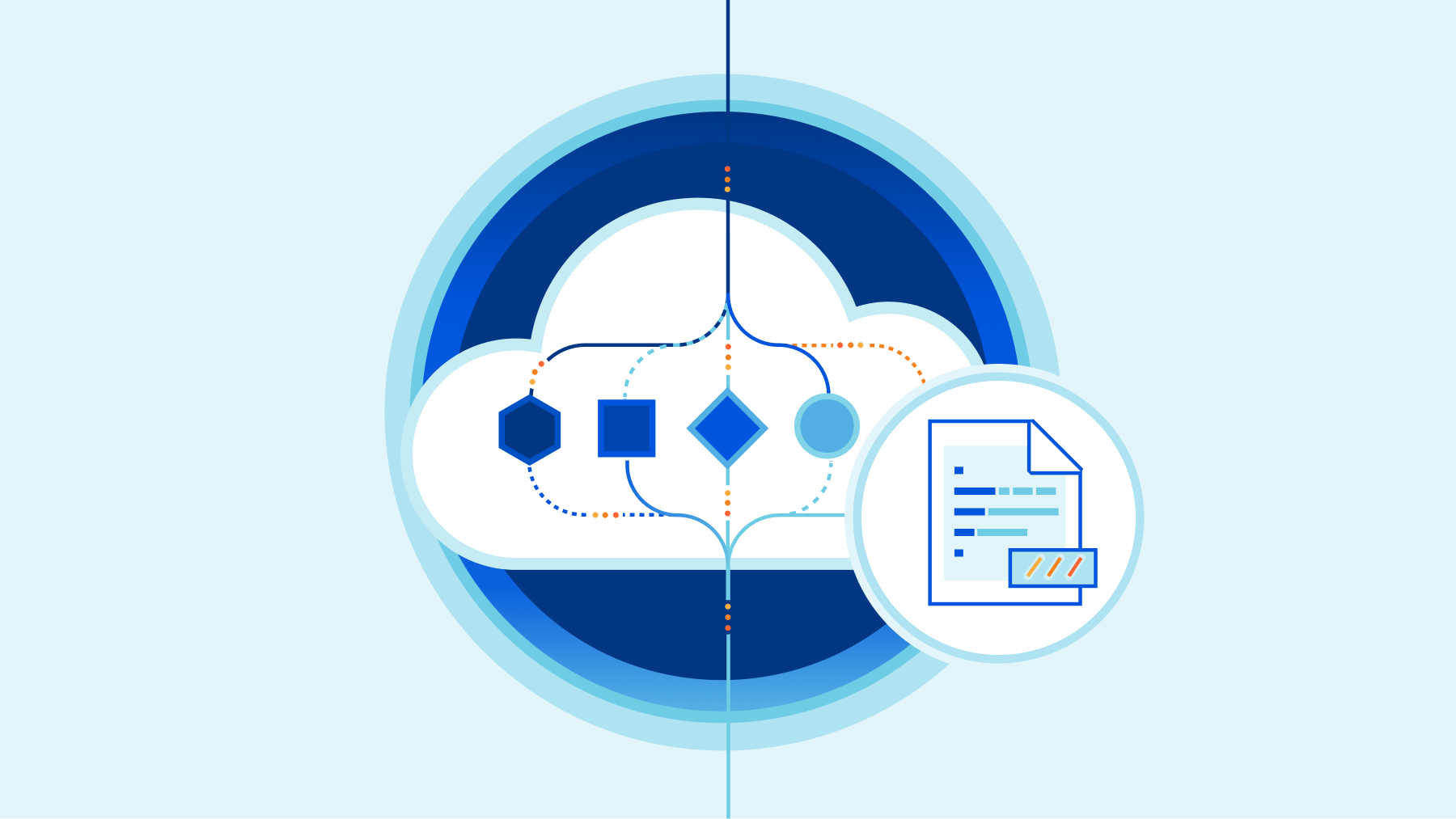
Following today’s announcement of General Availability of Cloudflare R2 object storage, we’re excited to announce that customers can also store and retrieve their logs on R2.
Cloudflare’s Logging and Analytics products provide vital insights into customers’ applications. Though we have a breadth of capabilities, logs in particular play a pivotal role in understanding what occurs at a granular level; we produce detailed logs containing metadata generated by Cloudflare products via events flowing through our network, and they are depended upon to illustrate or investigate anything (and everything) from the general performance or health of applications to closely examining security incidents.
Until today, we have only provided customers with the ability to export logs to 3rd-party destinations - to both store and perform analysis. However, with Log Storage on R2 we are able to offer customers a cost-effective solution to store event logs for any of our products.
The cost conundrum
We’ve unpacked the commercial impact in a previous blog post, but to recap, the cost of storage can vary broadly depending on the volume of requests Internet properties receive. On top of that - and specifically pertaining to logs - there’s usually more expensive fees to access that data whenever Continue reading